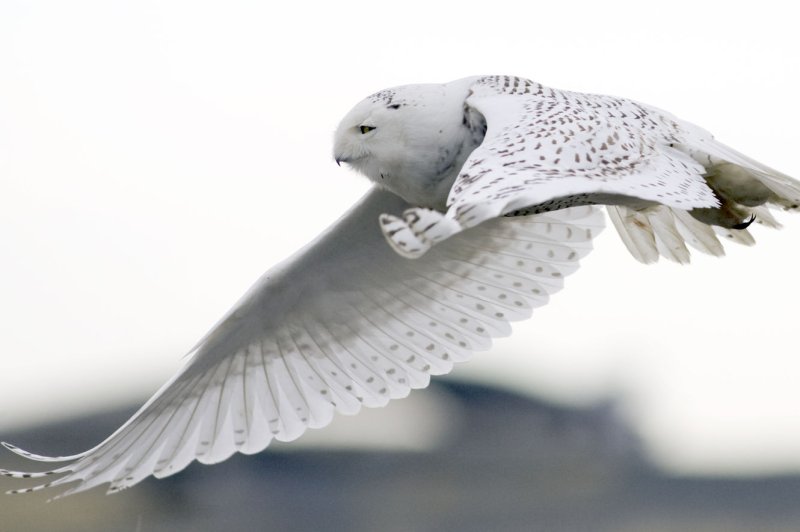BARROW, Alaska, July 3 (UPI) -- For 23 years, Denver Holt -- a researcher at the Owl Research Institute in Charlo, Montana -- has been traveling to Alaska's northern tundra to study Arctic snow owls and their main prey, brown lemmings. But never before has he been able to observe them all night and all day from anywhere with an Internet connection.
"You're not able to watch the birds 24/7, even with 24 hours of daylight," Holt recently told CBC News. "By having the camera, it just opens up another avenue and more periods of time we're able to look and record."















